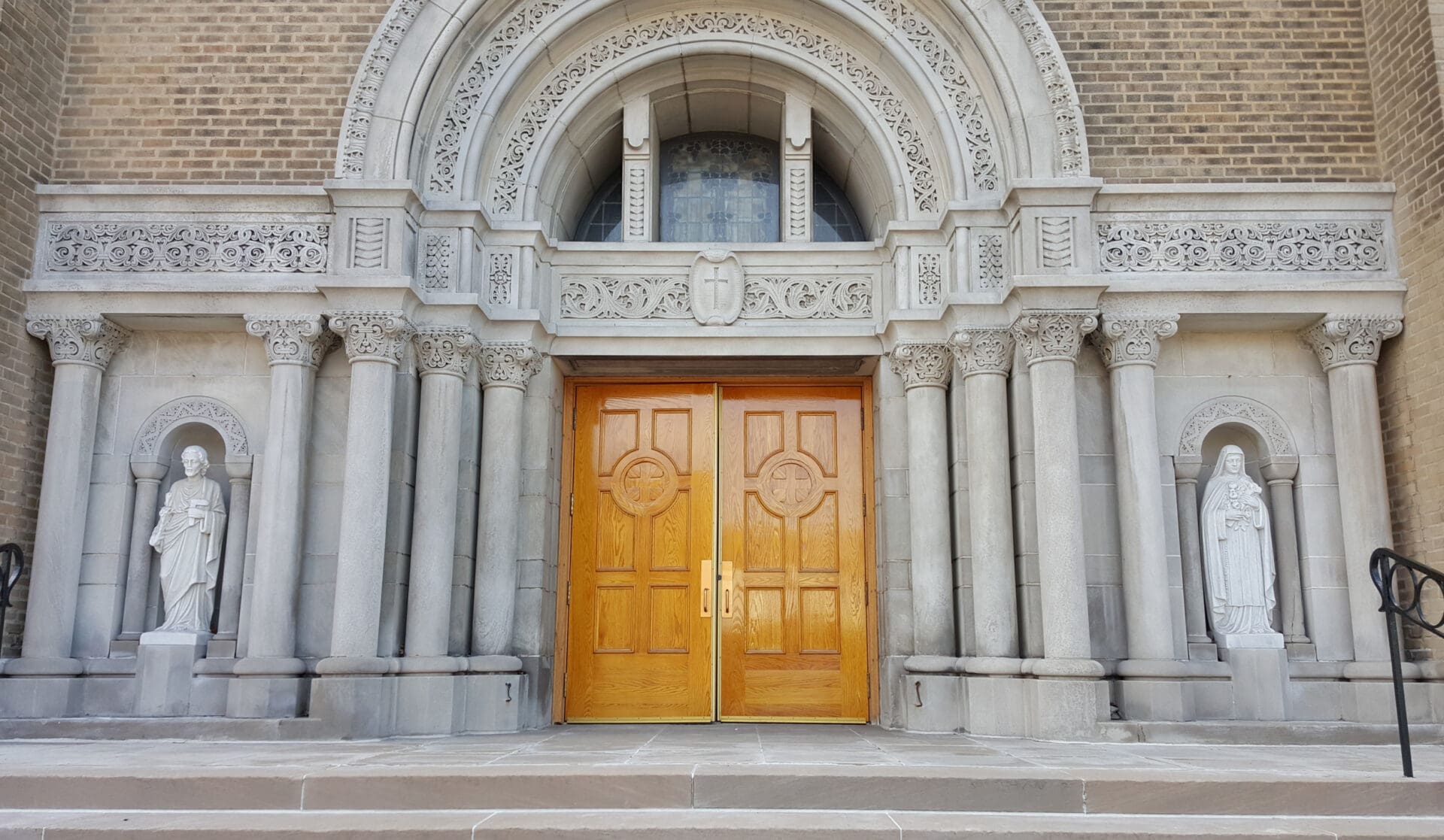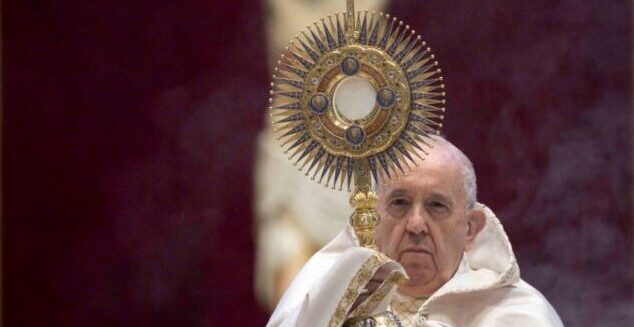A. The Code of Canon Law (CIC) specifies that the “eucharistic celebration is to be carried out in a sacred place unless in a particular case necessity requires otherwise; in such a case the celebration must be done in a decent place” (932.1). At a certain level, this is a canonical requirement, pure and simple. Such “sacred places” are defined by the CIC as churches (Can. 1214), oratories (Can. 1223), private chapels (Can. 1226), and Catholic cemeteries. Pretty straightforward. But what is a “decent place [loco honesto]” (Can. 932§1)? The General Instruction of the Roman Missal (GIRM) attempts to shed some light here. In paragraph 288 the GIRM says that “if there is no church or if it is too small, then” Mass can be celebrated “in another respectable place [in alium locum honestum] that is nonetheless worthy of so great a mystery.” So, what other places are decent/honesto and “worthy of so great a mystery”? Such a determination is a prudential judgment, but looking at some judgments of what is not decent or worthy might be helpful.
The 1917 Code of Canon Law says that Mass may “never” be celebrated “in a bedroom” (Can. 822§4). In addition, the Sacred Congregation for Divine Worship, in their 1970 letter Liturgicae Instaurationes wrote that if Mass is being said outside a sacred place, it should “not take place in a dining room or on a dining-room table” (9). Elsewhere it is laid down that the local ordinary may give permission to celebrate Mass in “the place of worship of some Church or ecclesial community” provided that “there is no scandal” (CIC, Can. 933). Nevertheless, such leeway is not unlimited: it is “never lawful for a priest to celebrate Mass in a temple or sacred place of any non-Christian religion” (Redemptionis Sacramentum, 109). Offering Mass outdoors does not seem to fall under any prohibition in these various examples.
Whatever the judgment, these canonical obligations require, outside necessity, that the Holy Mass be celebrated in what is technically a “sacred place,” meaning that such a place has been dedicated or blessed to be such (see CIC, Can. 1205). Indeed, a plain cinderblock building with a drop ceiling could be blessed as a chapel…and there are buildings like that to which we ascribe the name of church or chapel. Nevertheless, such buildings would not “be signs and symbols of [the] heavenly realities” that they are supposed to represent, much less the other “respectable” places that should be “nonetheless worthy of so great a mystery” (GIRM, 288). The church building is a sacramental reality that—through its construction and dedication (or blessing)—resembles heavenly realities. The church building is to be a sign of the union of heaven and earth, divinity and humanity, Christ and his Church. Put simply, the place in which the Holy Mass is carried out should correspond as much as possible to the Wedding Supper of the Lamb (see Revelation 19). While Masses do not always have to be said in a sacred place, if our churches looked more like churches (places where heaven and earth overlap and interlock), then people would go out of their way to have Mass in sacred places.
—Answered by the Editors


